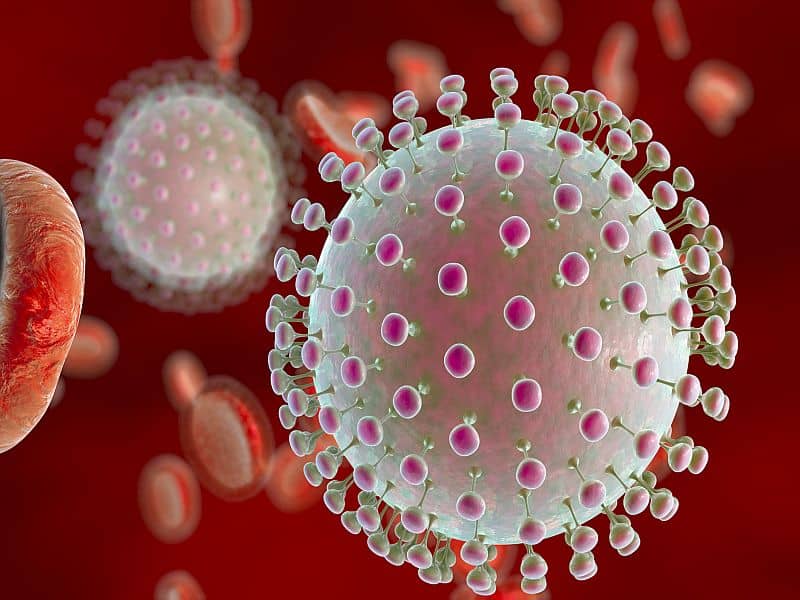
For a study, the researchers sought to determine the frequency and risk factors for developing direct hyperbilirubinemia while on xtracorporeal membrane oxygenation (ECMO) and the impact on children’s mortality. Between January 2010 and January 2020, designers conducted a retrospective study. They identified children (aged <18) who required veno-arterial (VA) ECMO support using the Mayo Clinic electronic health record. The following information was gathered: demographics, ECMO indication, laboratory findings, and outcomes. At admission, illness acuity measures, such as the vasoactive-ionotropic score (VIS), were utilized to assess disease severity. The children in the study were split into 2 groups: those who developed direct hyperbilirubinemia (DHB) while on ECMO and those who did not (control). Direct bilirubin (DB) of more than 1.0 mg/dL was defined as direct hyperbilirubinemia (DHB). The 2 groups were compared in terms of disease understanding and mortality rates. The risk of mortality was calculated using logistic regression, independent of any potential confounding variables. During the trial period, researchers identified 106 children who required ECMO support. On ECMO, 36 (34%) of those youngsters developed DHB. On ECMO day 2 (P=0.046) and day 7 (P=0.01), the DHB group had significantly higher illness acuity scores. The DHB group had a 72% mortality rate compared to 29% in the control group (P<0.001). DHB was linked to a greater death rate than the control group.
Source:journals.lww.com/jpgn/Abstract/2022/03000/Clinical_Implications_for_Children_Developing.5.aspx
"direct" - Google News
May 03, 2022 at 09:32PM
https://ift.tt/huMeif2
Clinical Implications for Children Developing Direct Hyperbilirubinemia on ECMO - Physician's Weekly
"direct" - Google News
https://ift.tt/IhALo14
https://ift.tt/A12Z5yc
Direct
Bagikan Berita Ini














0 Response to "Clinical Implications for Children Developing Direct Hyperbilirubinemia on ECMO - Physician's Weekly"
Post a Comment